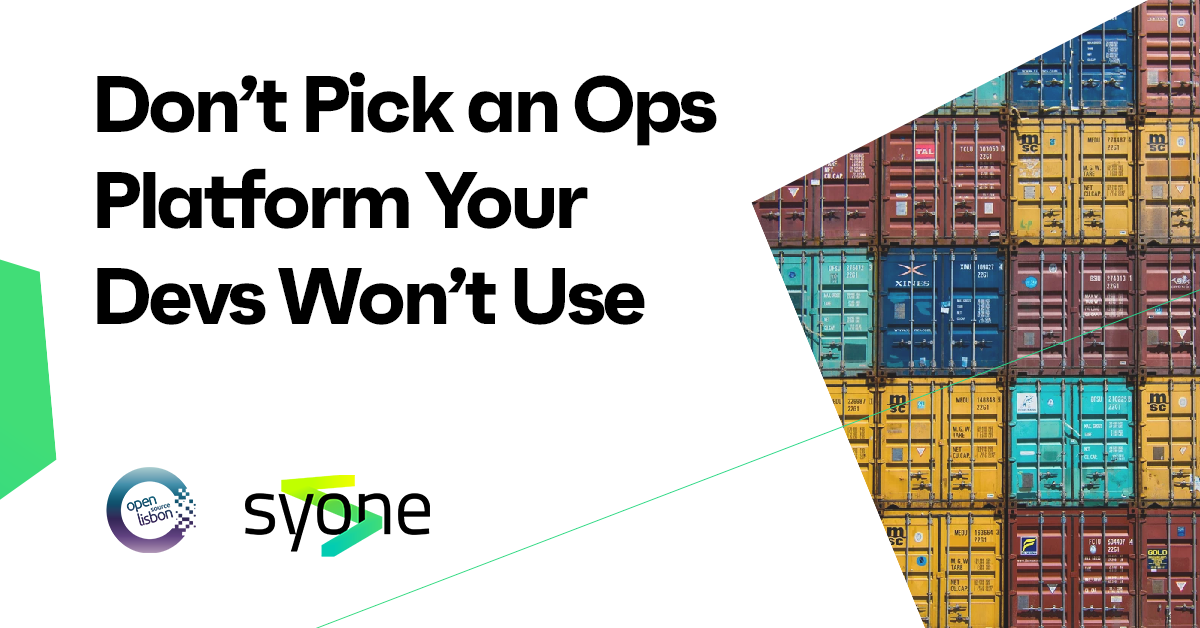By Guest Author Jorge Ferrer, VP of Engineering @ Liferay (Platinum Sponsor for Open Source Lisbon 2019)
A decade ago, the tech industry wasn't talking about digital transformation. Back then, neither was it fashionable to comment on trends such as cloud, artificial intelligence, machine learning and IoT.
It was difficult to imagine what was meant by Big Data or headless architecture development. The truth is that the technological revolution we have experienced in the past 10 years, in all aspects of our lives, has been dizzying. This digital revolution has had a massive impact on the business world. Organizations have been forced to adopt new digital models and to adapt to the way their customers, employees and partners consume technology and relate to the digital world around them.
Enterprise software, as a fundamental element in this transformational process, has also undergone its own particular evolution during the past decade. According to Forrester, in 2007, 17% of businesses used open source software. Nine years later, another report by the same firm, found that 41% of software decision-makers stated that one of their most critical priorities was to increase the use of open source.
In 2017, both Gartner and Forrester found that between 80% and 90% of commercial software developers used open source components in their applications. In 2018, Gartner also found that 70% of new applications used open source databases and that figure is no doubt higher in 2019.
The reality is that open source software has undergone a huge expansion in recent years. It has shifted from being an alternative option to becoming a priority for many large organizations, across sectors. Why has this happened? The answer can be found in a series of interconnected themes.
On one side, this increased adoption is due to its growing level of maturity, making open source a more commonly accepted alternative. In addition, the level of innovation that can be achieved when working as a collaborative community is far greater than that achieved by development teams working on closed software solutions.
Furthermore, open source technologies have a much lower total cost of ownership when compared to closed solutions, which facilitates lower cost prototype development. This optimizes resources and redirects investment more towards those support services that are more beneficial for the organisation, in turn freeing up internal teams so they can focus on core business related developments.
But this is not all. The technology uses widely accepted standards across solutions, facilitating interoperability with the ecosystem of any organisation. The last, but by no means least important aspect, is the broad knowledge and experience that today's IT professionals have on these technologies. Making it easier to find the right technical profiles necessary to evolve and maintain key transformation projects.
The use of open source software gives organisations much more flexibility and at a lower cost. These benefits help develop a culture of constant innovation and evolution, which is essential to remain competitive in today's digital economy.
Digital leaders who have opted for open source software during the past 10 years, or are in the process of implementing it, are not tied down by traditional closed solutions. They enjoy the flexibility to be able to react more quickly to new challenges and market opportunities. Which organisations wouldn't want to benefit from the competitive gains today's open source technologies can offer?









